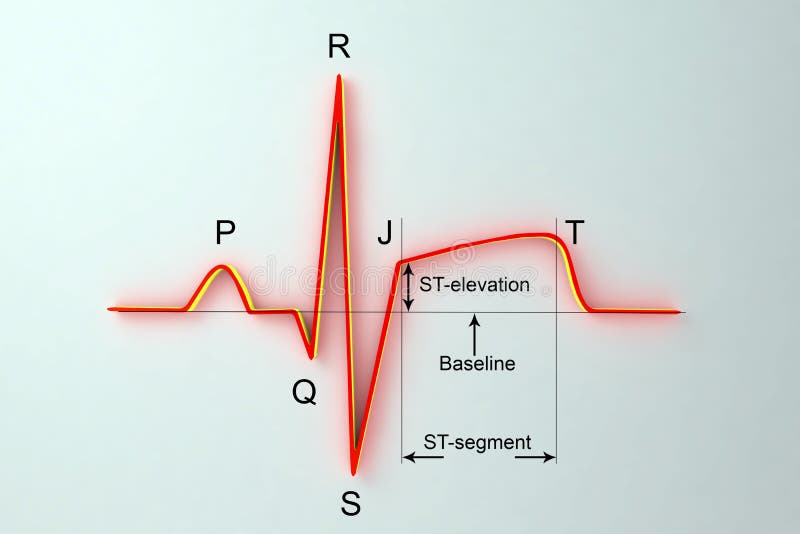

The vast majority of episodes of transient ST-segment depression during cECG monitoring occur in the absence of symptoms and have been termed “silent ischemia.” Important work in the 1980s and 1990s suggested that silent ischemia was associated with worse cardiovascular outcomes. The purpose of this review is to discuss the significance of the presence of ischemia during cECG monitoring and to briefly review the methodologies to detect and quantify such ischemia.ĭefinitions, Mechanism, and Technical features In the context of a hospitalized patient with an ACS, continuous ECG monitoring provides a unique insight into the stability of the underlying pathophysiologic process and the adequacy of treatment strategies. Such insights are fundamentally different than assessments of ischemia in a supervised laboratory setting, where stress testing is routinely performed. cECG monitoring of patients with stable CAD allows for the assessment of patients in their usual environments where the patient is exposed to physical and emotional stresses common to daily life. With better fidelity of the low-frequency signal of the ST-segment, monitoring for the presence of myocardial ischemia has become routine.ĬECG monitoring provides unique insight into the presence and severity of myocardial ischemia in patients with CAD and is primarily performed in two clinical settings: as outpatient evaluation of stable CAD patients and as inpatient evaluation of patients with ACS who need more prolonged recordings up to 7 days. The original cECGs were primarily used to detect disturbances in the cardiac rhythm, but early studies investigated the presence and significance of ST-segment depression.


The pioneering work of Bruce Del Mar led to the first commercially available cECG in 1962 and the methodologies have become refined to the degree that the devices now only weigh a few ounces and use solid-state memory to record up to a week's worth of continuous ECGs. Holter, the methodologies and applications of continuous recording of the ECG have evolved tremendously. Since the invention of the continuous ECG monitor (cECG, AECG ECG, or Holter) in 1961 by Norman J.


 0 kommentar(er)
0 kommentar(er)
